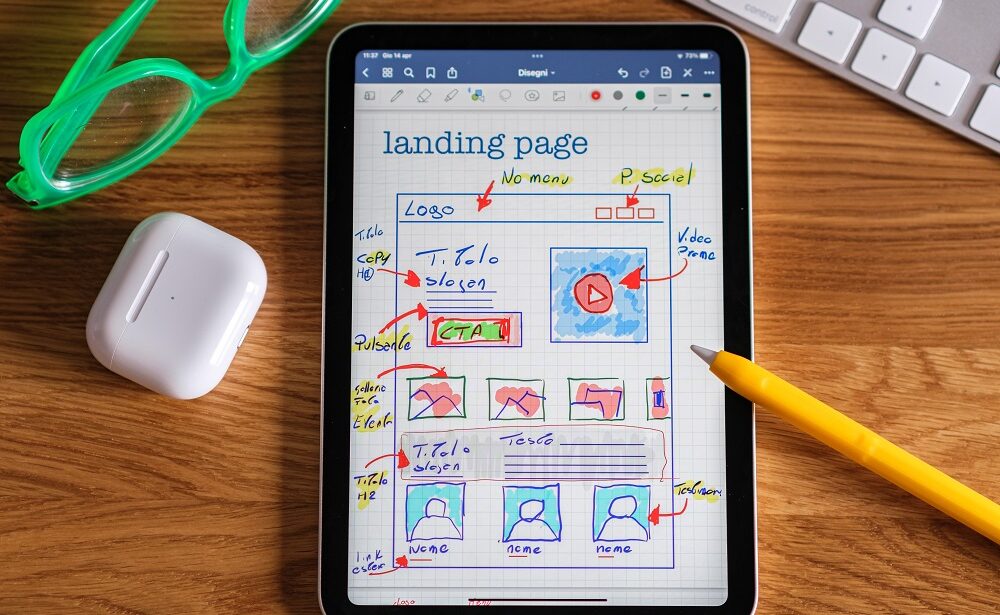Photo by Davide Baraldi
In the world of web design, the concept of minimalism has gained popularity in recent years. Minimalism in web design is the art of creating a clean, simple, and functional design that is visually pleasing to the user. It involves using a minimalist approach to the design elements and focusing on the essential features of the website. In this article, we will explore the art of minimalism in web design and how it can be used to strike a balance between simplicity and functionality.
1. Less is More
The concept of minimalism is centered on the idea that less is more. In web design, this means using fewer design elements, such as color, typography, and graphics, to create a simple and clean design. By using fewer design elements, the website becomes less cluttered and easier to navigate, making it more user-friendly.
2. Focus on Functionality
When using minimalism in web design, it’s essential to focus on functionality. The design should be created with the user in mind, and the website’s primary purpose should be clear. The design elements used should be purposeful and help the user navigate the website effectively.
3. Use Negative Space
Negative space, also known as white space, is an essential element of minimalism in web design. It’s the space around design elements that helps to create a sense of balance and visual harmony. Using negative space effectively can help to highlight the essential elements of the website and make the design more visually appealing.
4. Keep it Simple
The key to effective minimalism in web design is simplicity. Keep the design simple and straightforward, with a clear hierarchy of information. Use typography and color sparingly to create a clean and uncluttered design.
5. Use High-Quality Images
While minimalism involves using fewer design elements, it’s essential to use high-quality images to create a visually striking design. High-quality images can help to add depth and texture to the design while keeping the overall look simple and clean.
6. Be Consistent
Consistency is an essential aspect of minimalism in web design. Consistent use of typography, color, and design elements can help to create a cohesive design that is easy to navigate. By using consistent design elements, the user can quickly identify the essential elements of the website.
7. Prioritize Accessibility
Accessibility is an important consideration in web design, even when using minimalism. Ensure that the design is accessible to all users, including those with disabilities. Use appropriate color contrasts, provide alternative text for images, and ensure that the design is easy to navigate using assistive technology.
8. Consider the Mobile Experience
With the rise of mobile devices, it’s essential to ensure that the minimalistic design is optimized for mobile. Ensure that the design is responsive and can be easily viewed on smaller screens. Use simple navigation and minimize the amount of scrolling required to view essential content.
9. Focus on the Content
When using minimalism in web design, it’s essential to focus on the content. The content should be easy to read and clearly communicate the website’s purpose. Use typography and formatting to make the content easy to scan and highlight the essential information.
10. Use Animation Sparingly
While animation can add visual interest to the design, it’s essential to use it sparingly in minimalistic design. Animation should be purposeful and help to guide the user through the website. Avoid using animation that is distracting or overwhelming, as this can detract from the user experience.
The art of minimalism in web design is about finding the right balance between simplicity and functionality. By simplifying the design, web designers can create a website that is aesthetically pleasing, easy to navigate, and loads faster, providing a better user experience. However, it’s important to remember that minimalism doesn’t mean sacrificing functionality. The key is to prioritize the most important elements and eliminate the unnecessary clutter, resulting in a website that is both visually appealing and highly functional.
